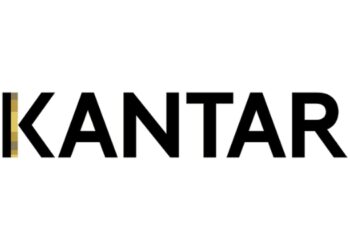Mumbai: India’s broadcasting landscape continues to evolve with strong distribution infrastructure and expanding reach across television and radio services. According to the latest industry data reported to the Telecom Regulatory Authority of India (TRAI), the television broadcasting ecosystem comprises over 126 million households, spanning cable, DTH, IPTV, and HITS services, while the radio segment now includes 388 private FM stations and 494 operational community radio stations.
The television sector generated ₹69,600 crore in revenue in 2023, down 1.8% from ₹70,900 crore in 2022. The decline was led by a drop in advertisement revenue from ₹31,800 crore to ₹29,700 crore. However, subscription revenue rose by nearly 1.8%, from ₹39,200 crore in 2022 to ₹39,900 crore in 2023, reflecting continued consumer demand for pay TV content.
India’s TV delivery ecosystem remains vast and diverse:
- Cable TV serves approximately 62 million households
- Pay DTH platforms had 61.97 million active subscribers as of March 31, 2024
- HITS subscribers stood at 2 million
- IPTV services reported 0.5 million subscribers
The broadcasting sector supports 922 private satellite TV channels, provided by 333 broadcasters, including 258 Standard Definition (SD) and 103 High Definition (HD) pay TV channels. The operational framework includes 880 MSOs (Multi System Operators), 1 HITS operator, 4 pay DTH providers, and 33 IPTV operators. Additionally, 81,706 cable operators are registered nationwide.
The pay DTH segment, served by four licensed operators, reported nearly 62 million active subscribers, separate from Doordarshan’s DD Free Dish users. These platforms are increasingly offering value-added services such as video-on-demand, interactive education, gaming, and shopping.
The private FM radio segment posted a notable revenue increase, with advertisement earnings rising from ₹1,547.13 crore in FY 2022-23 to ₹1,775.79 crore in FY 2023-24. The network now includes 388 private FM stations across 113 cities, operated by 36 broadcasters.
Community Radio Stations (CRS) continue their expansion across India, offering hyperlocal programming in regional languages and dialects. As of March 31, 2024, 494 community radio stations were operational out of 605 licensed entities, underscoring the growing importance of community-led communication models in education, agriculture, and civil society outreach.
India’s broadcasting sector comprises the following services:
- TV Broadcasting: Cable, DTH, HITS, IPTV
- Radio Broadcasting: FM, AM (including AIR), and Community Radio
This complex, multi-tiered system supports information dissemination, cultural expression, and digital entertainment for a diverse population across geographies.
With technological innovations and digital convergence reshaping the sector, India’s broadcasters are increasingly leveraging multi-platform strategies, hyperlocal content, and subscription models to retain audiences and grow revenues in a competitive media environment.
















